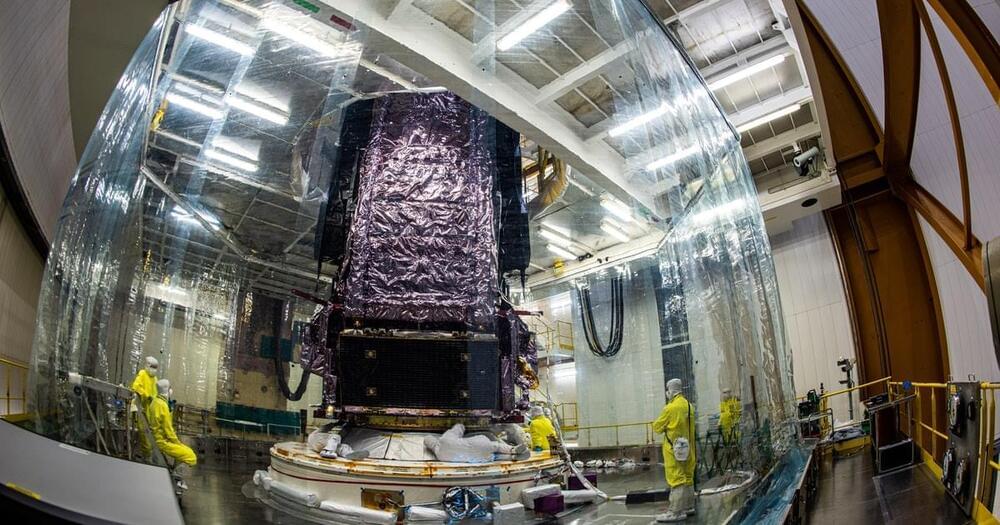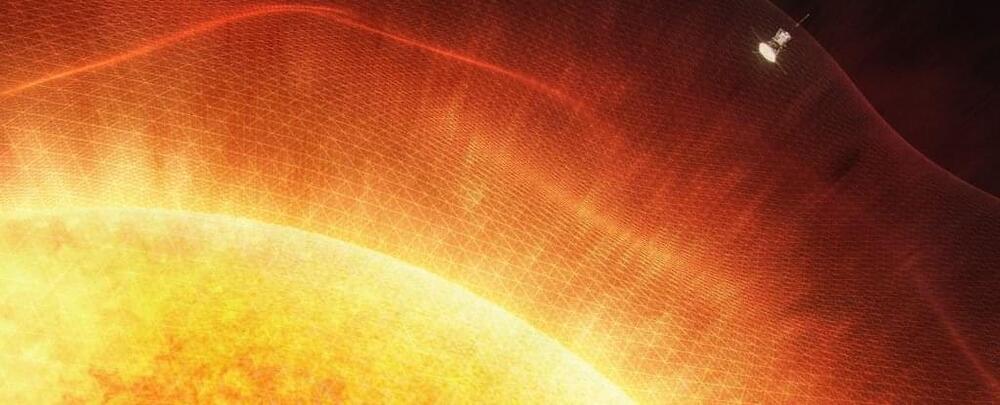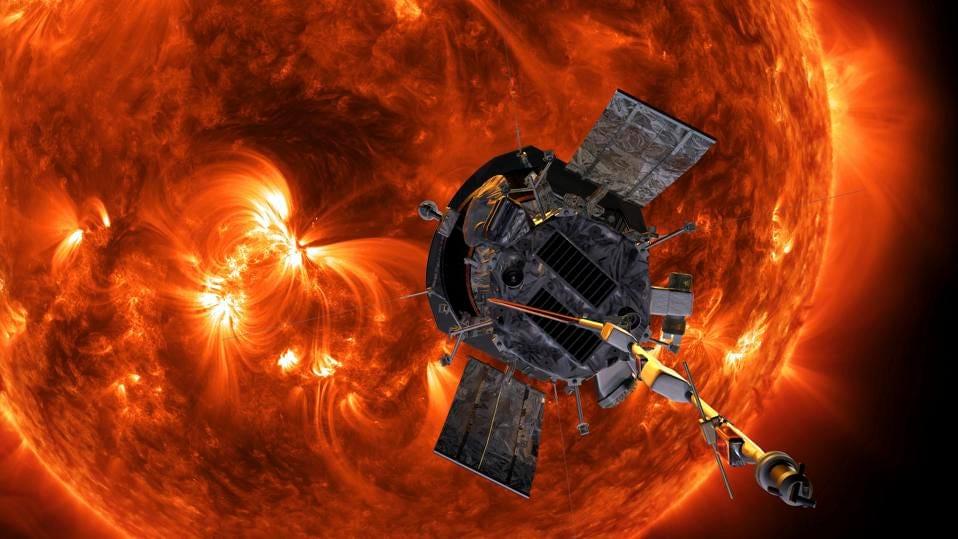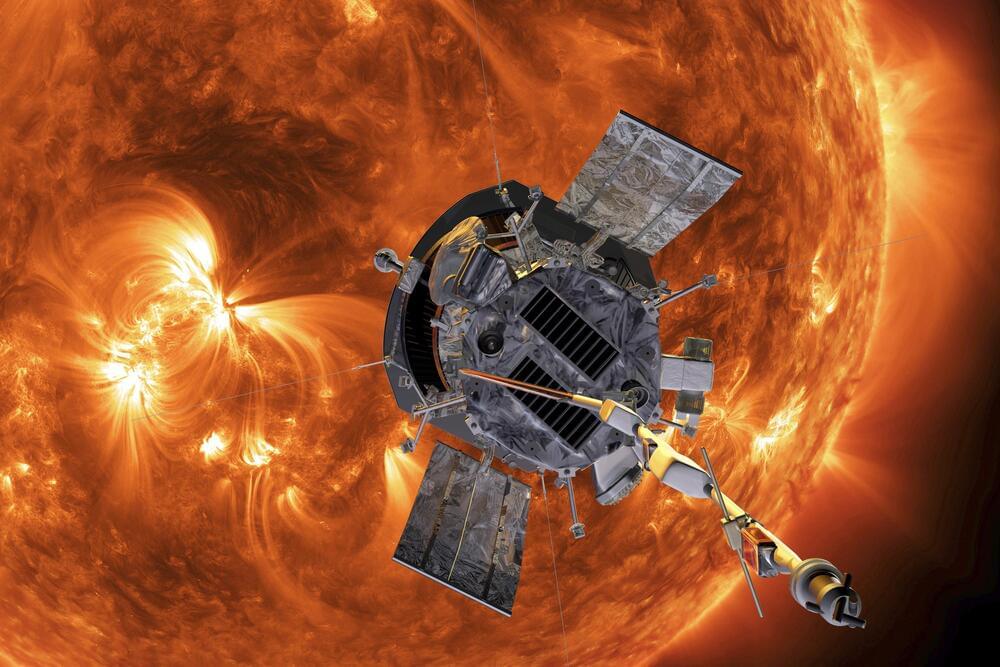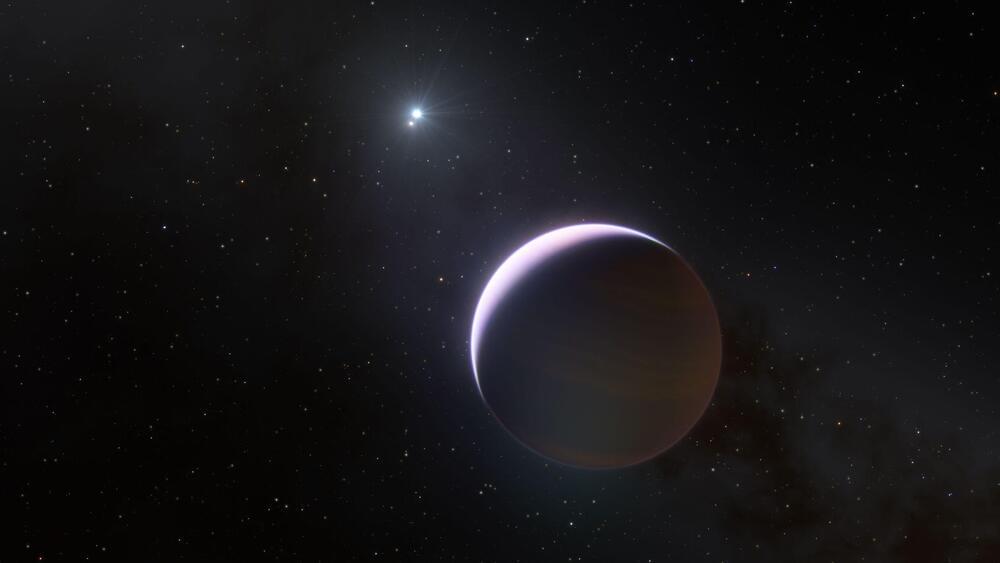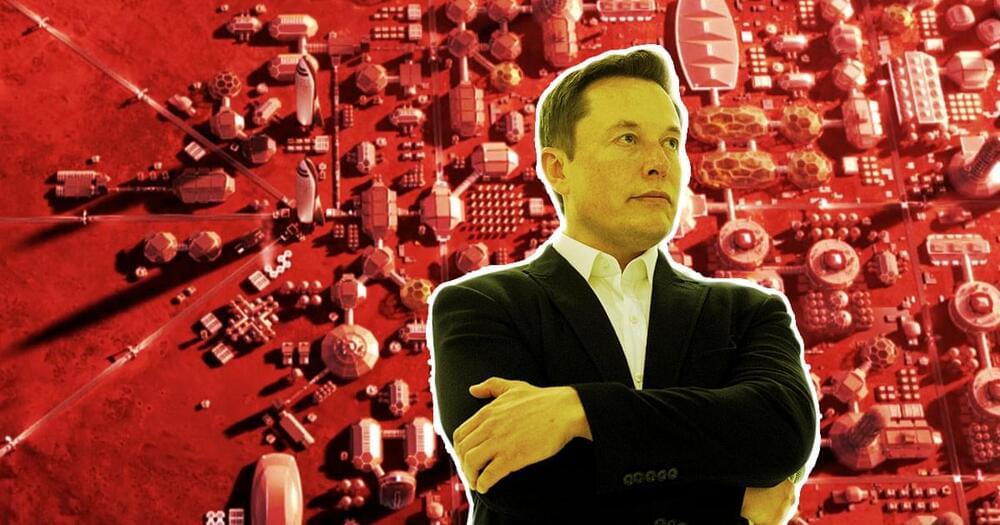For the first time ever, a manmade object has entered the Sun’s outer atmosphere, the corona, which inexplicably is thousands of times hotter than our star’s surface (or photosphere).
Researchers led by a team at the University of Michigan in Ann Arbor were able to predict where the Sun’s upper atmosphere began, and the probe was able to penetrate it for roughly five hours. The Parker probe was not only able to fly through the Sun’s atmosphere but was also able to sample particles and magnetic fields there, says NASA.
“Flying so close to the Sun, Parker Solar Probe now senses conditions in the magnetically dominated layer of the solar atmosphere — the corona — that we never could before,” Nour Raouafi, the Parker project scientist at the Johns Hopkins Applied Physics Laboratory in Laurel, Maryland, said in a statement. “We can actually see the spacecraft flying through coronal structures that can be observed during a total solar eclipse.”
On April 28, 2021, during its eighth flyby of the Sun, Parker Solar Probe encountered the specific magnetic and particle conditions some 8.1 million miles above the solar surface, NASA reports. That point, known as the Alfvén critical surface, marks the end of the solar atmosphere and beginning of the solar wind, says NASA.
The surface of the Sun is about 6,000 Celsius, Justin Kasper, the first author of a paper detailing the research in the journal Physical Review Letters, and a professor of climate and space sciences at the University of Michigan in Ann Arbor, told me. Above that, the temperature rises to more than a million degrees, he says.
Full Story:
